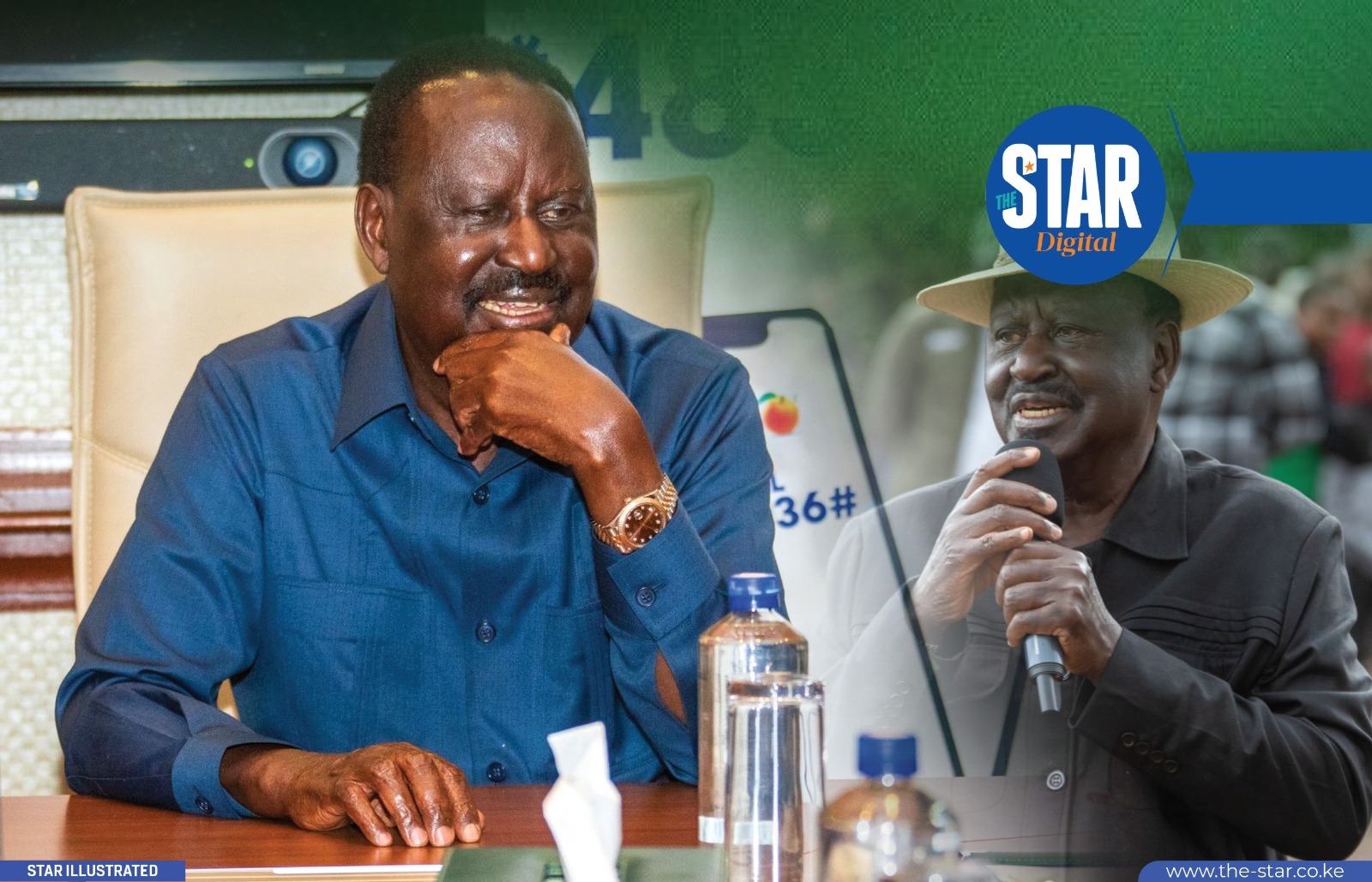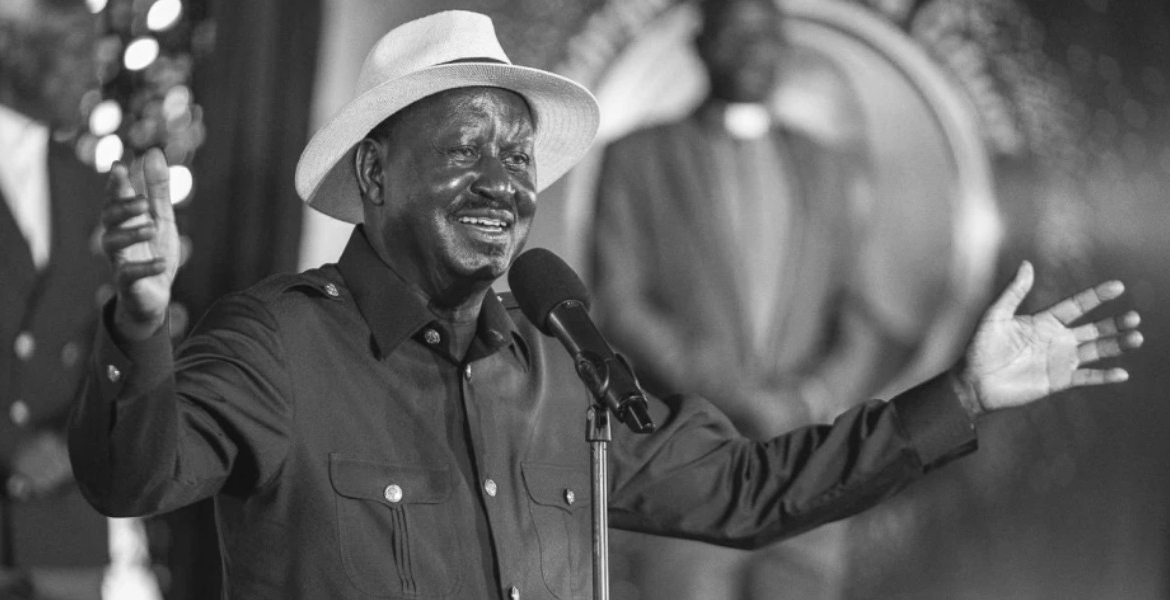
 Former Prime Minister Raila Odinga led a congregation in singing./FILE
Former Prime Minister Raila Odinga led a congregation in singing./FILEThrough melody and lyric, he found both solace and strength. His choice of songs told the story of a man deeply connected to people, struggle, and emotion. Whether crooning “Jamaica Farewell” on television, leading crowds in “Bado Mapambano,” or nodding along to Ken Wa Maria’s “Fundamentals,” each tune carried meaning.
Together the songs formed a soundtrack of defiance, hope, and humanity — a rhythm that will continue to echo after his final bow.
1. “Jamaica Farewell” by Harry Belafonte
Raila Odinga often sang the opening lines of “Jamaica Farewell”, and named it among his favourite songs.
He once performed it on TV during an interview, saying that it had been translated into Kiswahili and that it held sentimental value from his youth.
What it meant: The song is about departure, longing and nostalgia. For Raila, it symbolised memories of earlier stages in his life—times of change, travel, parting, and emotional connection to home and people left behind. In his later years, the lyrics took on deeper resonance for his supporters, especially lines such as “But I’m sad to say, I’m on my way, won’t be back for many a day.” Many Kenyans saw them as almost prophetic after his passing.
2. “Bado Mapambano” (Still the Struggle / We Must Not Sleep on the Fight)
Raila frequently used “bado mapambano” as a political song/chant in rallies and mass actions. It was one of his signature political songs, sung to motivate supporters and to affirm that the struggle for justice and democracy was not over.
What it meant: The phrase literally means “still struggles/fights.” It captured Raila’s message that, despite setbacks, the work of democracy, rights, justice must continue. In contexts of protest and mobilisation, singing “bado mapambano” was both an affirmation of commitment and call to action. After his death, supporters used it in mourning to express that his fight continues even though he is gone.
3. “Leo ni Leo” (Today is Today)
The campaign Song with Emmanuel Musindi Raila was part of a 2022 campaign song “Leo ni Leo” featuring Emmanuel Musindi. He ad-libbed phrases he uses on the campaign trail (e.g., “Inawezekana” meaning “It is possible”).
What it meant: The song was used as a rallying anthem during campaigns—emphasising urgency and that the time for action is now. “Leo ni Leo” pushes the idea that promises should not wait for tomorrow; today is the moment for change, for action, for progress. It tied into his broader message of hope and possibility.
4. Swahili Protest Song: “Sitarudi Nyuma”
During a protest march in 2023, Raila led crowds singing “Sitarudi nyuma” (“I will not go back / I will not retreat”). He and supporters sang it while being confronted by tear gas and blocked roads.
What it meant: This was a protest song, meant to communicate that despite pressure, adversities, or threats, retreat was not an option. It expressed defiance, determination, resistance—values central to Raila’s political identity. It also served to encourage and embolden people engaged in protest.
5. “Fundamentals” by Ken Wa Maria
In 2014, Raila Odinga identified “Fundamentals” by Ken Wa Maria as one of his “jam songs.” He requested it to be played when he appeared on The Churchill Show.
What it meant: The song deals with relationships (the “fundamentals”) between men and women—what is essential in interpersonal respect, acceptance, truth. That it was among his favourites shows a side of him connected not just to politics but to culture, everyday life, and popular music. It suggests appreciation for lyrical content and themes beyond political messaging.














